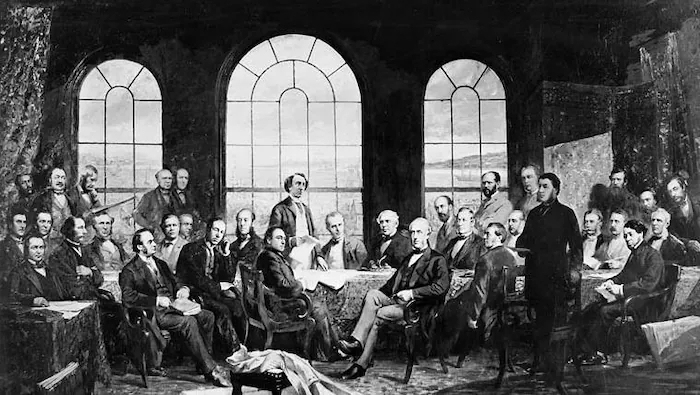mistressesanonymous.com – The Canadian Constitution is the supreme law of Canada, outlining the country’s legal and political framework. It is a complex document that has evolved over time, reflecting the nation’s history, values, and commitment to democracy and human rights. This article will provide a legal perspective on the Canadian Constitution, examining its key components, historical development, and its role in shaping Canadian society.
Historical Evolution of the Canadian Constitution
The roots of the Canadian Constitution can be traced back to various historical documents, including the Royal Proclamation of 1763 and the Quebec Act of 1774. However, the foundational legal text is the Constitution Act, 1867 (formerly known as the British North America Act), which established the Confederation of Canada and outlined the division of powers between the federal and provincial governments. The Constitution was patriated in 1982 with the Constitution Act, which included the Canadian Charter of Rights and Freedoms, marking a significant milestone in Canada’s constitutional history.
Key Components of the Canadian Constitution
The Canadian Constitution consists of a series of statutes and documents, including the Constitution Act, 1867; the Constitution Act, 1982; and various other acts and orders. The Constitution Act, 1982, is particularly notable for introducing the Charter of Rights and Freedoms, which guarantees fundamental rights and freedoms to all Canadian citizens. Other key elements include the amending formula, which sets out the procedures for amending the Constitution, and the division of powers between the federal, provincial, and territorial governments.
The Canadian Charter of Rights and Freedoms
The Charter is a cornerstone of the Canadian Constitution, enshrining a broad range of rights and freedoms, including freedom of expression, freedom of religion, and the right to a fair trial. It has had a profound impact on Canadian law and society, empowering individuals and groups to challenge government actions that infringe upon their rights. The Charter also includes provisions for the protection of minority language rights and the rights of Indigenous peoples.
The Role of the Judiciary in Constitutional Interpretation
The judiciary plays a crucial role in interpreting the Constitution and adjudicating disputes that arise under its provisions. The Supreme Court of Canada, as the final court of appeal, has the authority to rule on the constitutionality of laws and government actions. Judicial decisions have significantly shaped the understanding and application of constitutional rights and have contributed to the evolution of Canadian constitutional law.
Constitutional Challenges and Amendments
The Canadian Constitution is not static; it has faced numerous challenges and amendments over the years. Issues such as Indigenous rights, Quebec sovereignty, and the division of powers have tested the Constitution’s flexibility and adaptability. The amending formula, which requires significant consensus for constitutional changes, reflects the delicate balance between national unity and regional autonomy.
Conclusion – The Enduring Relevance of the Canadian Constitution
The Canadian Constitution is a living document that continues to evolve in response to the changing needs and values of Canadian society. Its legal framework provides a foundation for governance, rights protection, and social harmony. As Canada navigates future challenges, the Constitution will remain a critical instrument for upholding the rule of law and promoting a just and democratic society.

